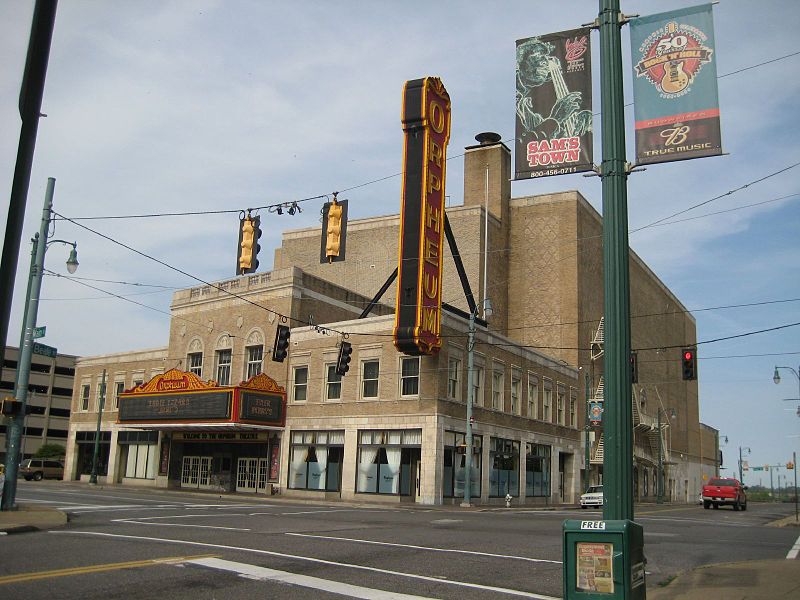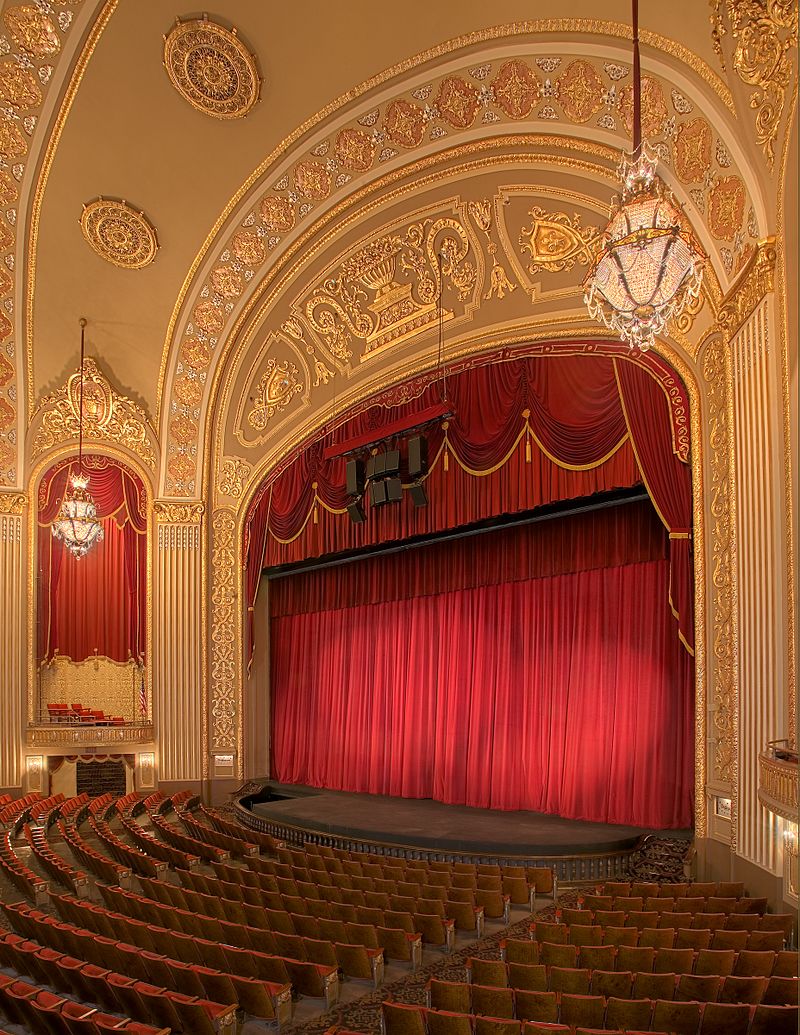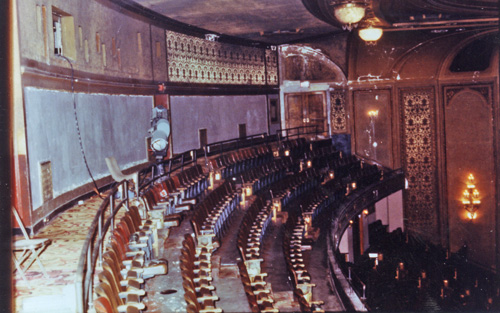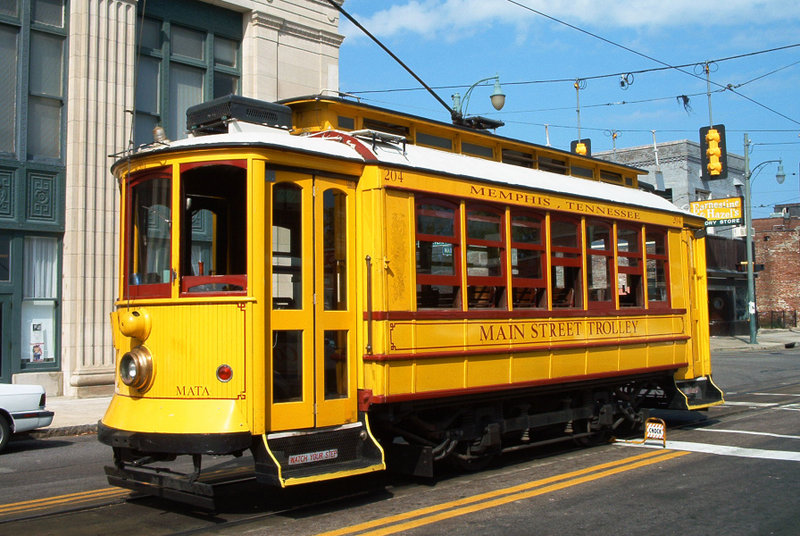Orpheum Theatre (Memphis)
Address 203 South Main Street
Memphis, Tennessee, USA
United States
Operator Orpheum Theatre Group
Type Performing arts center
Capacity 2,308
The Orpheum Theatre, a 2,308-seat venue listed on the National Register of Historic Places, is located in downtown Memphis, Tennessee, on the southwest corner of the intersection of South Main and Beale streets. The Orpheum, along with the Halloran Centre for Performing Arts & Education, compose the Orpheum Theatre Group, a nonprofit corporation that relies on philanthropic support in order to sustain its education programs, quality programming, community vitality, and preservation.
Originally built as a vaudeville house in 1928 to replace the fire-ravished Grand Opera House, which had been located on the same site, the Orpheum has been the Mid-South home of touring Broadway productions since 1977. In addition to the Broadway Series, the Orpheum Theatre Group’s two venues also host performances by Ballet Memphis, various concerts, comedians, a summer movie series, a family series of educational programs, and local cultural and community events such as Memphis in May, International Blues Challenge, and special Elvis Week events. These performances, along with the theater’s numerous educational offerings, are an integral component of the continued revitalization of downtown Memphis.
The Orpheum Theatre
The Orpheum Theatre, located at 203 S. Main St., opened its doors on November 19, 1928. Designed by architects C.W. and George Rapp of Chicago, the Orpheum seats just over 2,300 people and features glittering gold and silver leaf, marble, lush carpets, and antique crystal chandeliers. The theater boasts a Wurlitzer organ.
The Halloran Centre for Performing Arts & Education, located next door to the Orpheum Theatre at 225 S. Main St., is the new home for the Orpheum’s community and education programs. It opened on September 23, 2015. Totaling over 39,000 square feet, the Halloran Centre provides space for classes and workshops, a large multi-use rehearsal hall, a stage, and a 361-seat theater.
In 1890 the Grand Opera House was built on the corner of Main and Beale streets. The Grand was billed as the most classy theater outside New York City. Vaudeville was the main source of entertainment at the time, featuring singers, musicians, and magicians. The Grand became part of the Orpheum Circuit in 1907, and the theater became known as the Orpheum.
Vaudeville at the Orpheum was successful for almost two decades. Then in 1923, after a show that featured singer Blossom Seeley, a fire started and the theater burned to the ground.
In 1928, at a cost of $1.6 million, a new Orpheum was built on the original site of the Grand, but it was a different theater. The new Orpheum was twice as large as her predecessor and opulently decorated. Lavish tasseled brocade draperies, enormous crystal chandeliers, gilded moldings, and the Mighty Wurlitzer pipe organ were just a few of its new amenities.
As vaudeville’s popularity waned, the Orpheum was purchased by Michael A. Lightman’s movie theater chain in 1940, which changed the name of theater to the Malco and presented first-run movies. In 1976, Lightman decided to sell the building, as intimate multiplex theaters were proving more lucrative than large single-screen venues. There was talk of demolishing the old theater. However, in 1977 the Memphis Development Foundation bought the theater, restored its former name of Orpheum, and began bringing Broadway productions and concerts back to the theater. In 1980, Pat Halloran was hired as the President and CEO of the Foundation, a position he held for the next 35 years.
Restoration
Fifty-four years had taken a toll on the “South’s Finest Theatre”. The Orpheum was closed on Christmas in 1982 to begin a $5 million renovation to restore its 1928 opulence. Beyond the cleaning, decorative, and lighting changes of this once-beautiful building, significant improvements included heating, ventilation, and air-conditioning system renovations; restroom enhancements; and dressing room reconfigurations and redecorations. Other changes involved the construction of two functional loading docks, an expanded orchestra pit, and a hydraulic pit lift that added extra space to the front stage area when an orchestra wasn’t required.
Above: After 54 years, the Orpheum Theatre was in a need of a face-lift.
Restoration crews also cleaned the exterior of the building, repairing and repainting the Orpheum upright sign and the famous theater marquee. To meet audiences’ growing needs, a parlor with restrooms, a large concessions area, and a box office were built on the south side of the grand lobby. Later, a “green room” — now the Broadway Club — was formed in the northeast corner of the lobby, which had previously been a men’s clothing store called Bert’s. In the end, the Orpheum had a seating capacity of 2,491, including 28 new private suites.
A reopening celebration was held in January 1984.




